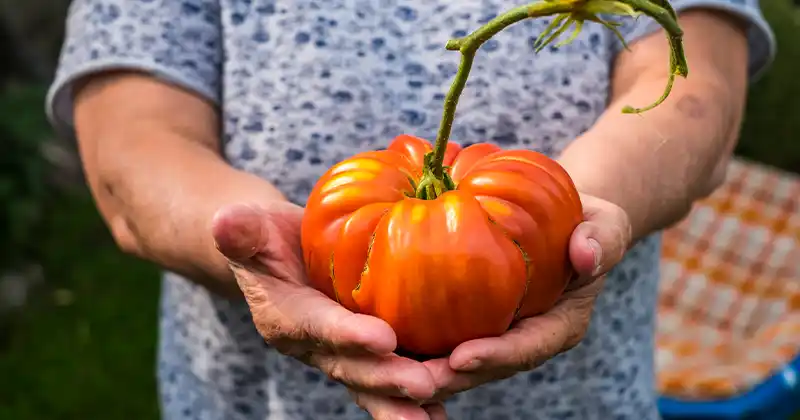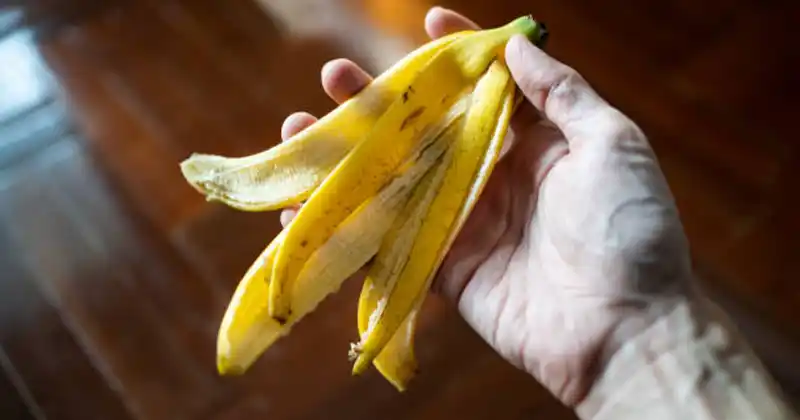Build a Thriving Garden with Ease: The Ultimate Guide to Lasagna Gardenin
Creating a lasagna garden bed is an efficient, organic, and no-till approach to gardening that allows you to grow plants in nutrient-rich soil. This method, also known as sheet composting, involves layering organic materials, mimicking the natural process of soil formation. Here’s a detailed guide on how to build your own lasagna garden bed:
Materials Needed
- Cardboard or newspaper: To suppress weeds and grass.
- Green materials: Such as vegetable scraps, grass clippings, or coffee grounds for nitrogen.
- Brown materials: Including leaves, straw, or shredded paper for carbon.
- Compost: Well-rotted compost to introduce beneficial microorganisms.
- Water: To keep the layers moist.

Steps to Build a Lasagna Garden Bed
- Choose the Location: Select a sunny spot for your garden bed. Lasagna gardening can be done directly on grass or soil.
- Prepare the Base: Lay down cardboard or newspaper layers, overlapping them to prevent weed growth. This forms the base of your lasagna bed.
- Add Brown Layers: Start with a thick layer of brown materials (like dry leaves or straw). This layer provides carbon, an essential element for composting.
- Add Green Layers: Follow with a layer of green materials (like kitchen scraps or grass clippings). These materials are rich in nitrogen, which aids in decomposition.
- Add Compost Layer: A layer of compost helps to introduce microorganisms and nutrients into your garden bed.
- Repeat the Layers: Continue layering brown and green materials, ending with a brown layer. Aim for a bed height of 18-24 inches.
- Water Each Layer: Keep each layer moist as you build the bed. This moisture is crucial for the composting process.
- Let it Settle: Allow the bed to settle for a few weeks before planting. This waiting period lets the materials decompose and form rich, fertile soil.
- Planting: Once the bed has settled, you can plant directly into it. The nutrient-rich soil will support healthy plant growth.
- Maintenance: Add more layers as the season progresses to replenish nutrients. Regular watering and occasional addition of compost will keep your garden thriving.
Benefits of Lasagna Gardening
- No Digging Required: This method eliminates the need for tilling, making it easier on the gardener’s back.
- Weed Suppression: The base layer of cardboard or newspaper helps in suppressing weeds.
- Improved Soil Quality: As the materials decompose, they enrich the soil with nutrients.
- Water Retention: The organic matter in the bed helps retain moisture, reducing the need for frequent watering.
- Environmentally Friendly: This method recycles kitchen and garden waste, reducing landfill contributions.
Tips for Success
- Balance the Materials: Ensure a good balance of green and brown materials to speed up the composting process.
- Chop Materials Finely: Smaller pieces decompose faster. Chop or shred your materials before adding them to the bed.
- Monitor Moisture Levels: The bed should be moist but not soggy. Adjust watering based on rainfall and temperature.

Lasagna gardening is an accessible and rewarding way to garden. It’s an excellent method for beginners and seasoned gardeners alike, providing a rich, fertile base for a variety of plants. By following these steps, you can create a thriving garden bed with minimal effort and maximum yield.
Inspired by this? Share the article with your friends!


















